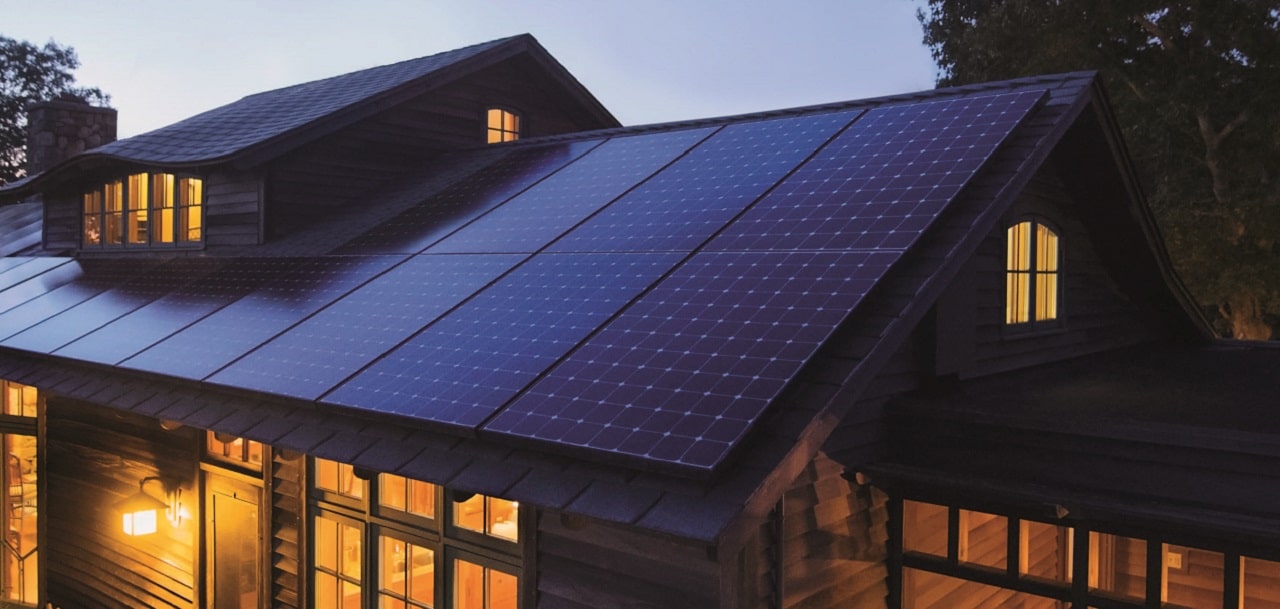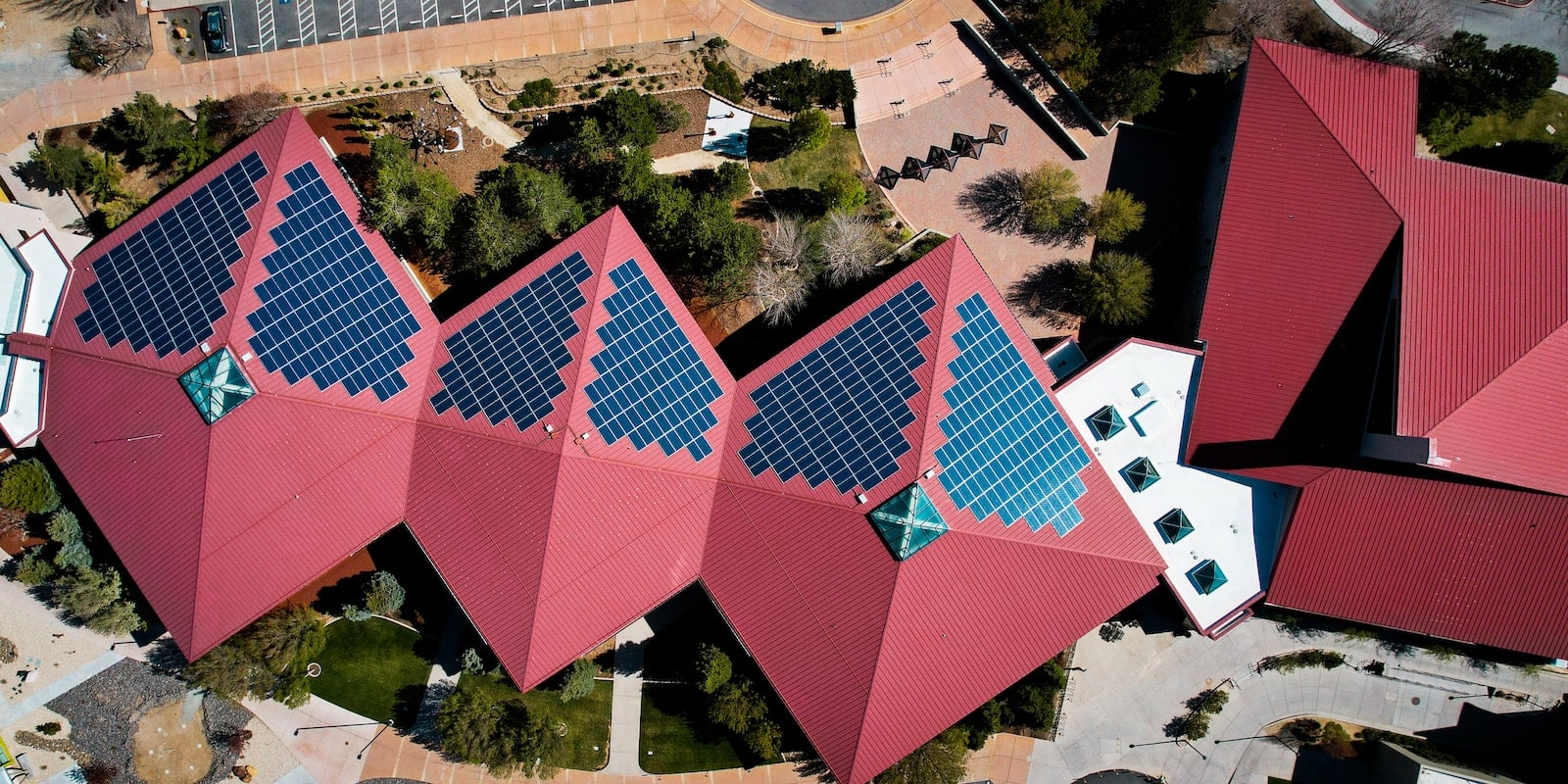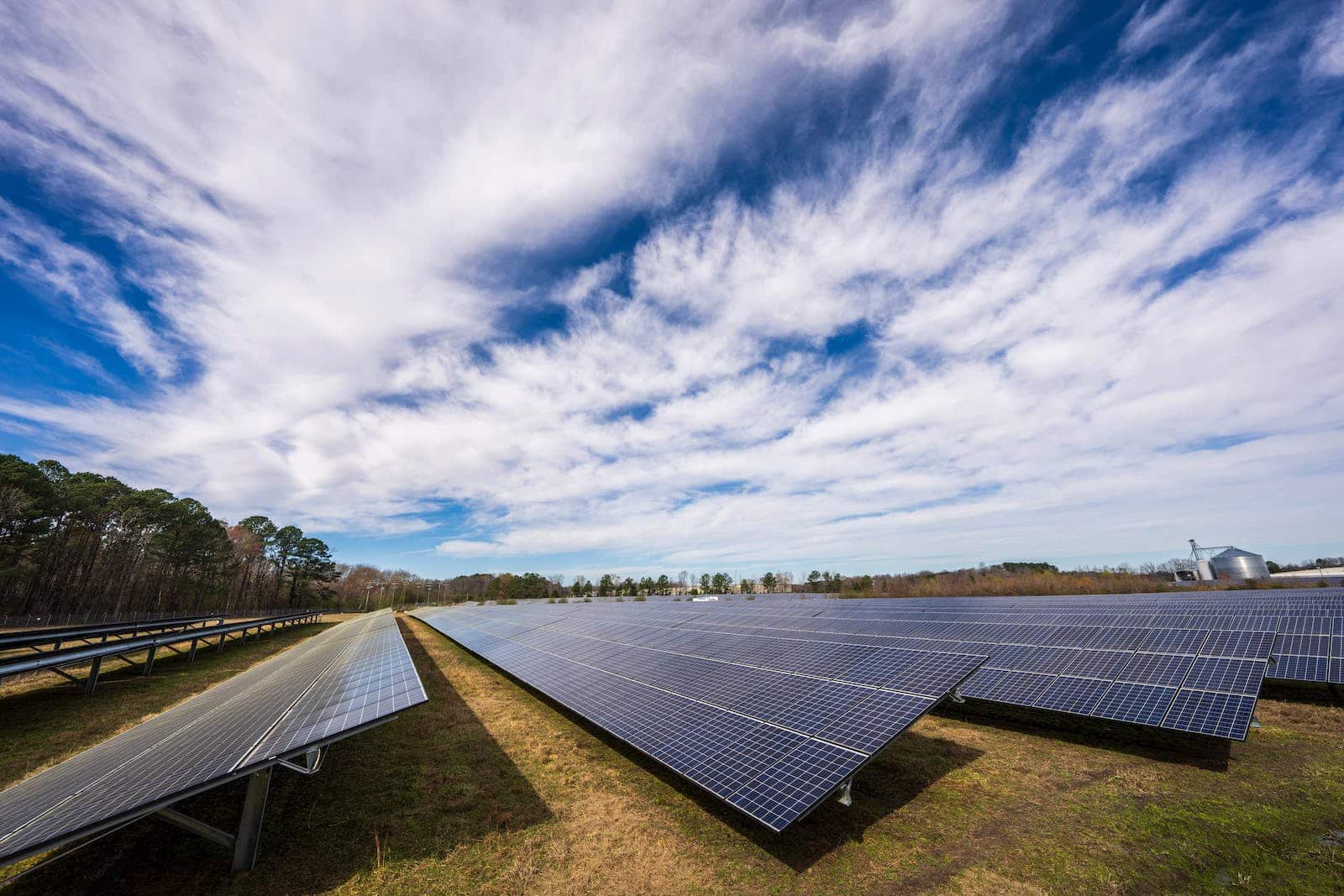Introduction
Electricity has become an essential part of our everyday lives. From powering our homes to running the businesses that drive the economy, electricity is necessary for modern life. But just how much does it cost us?
The cost of electricity has been increasing over time due to a variety of factors, ranging from advances in technology and economic growth to changes in policy, regulation, and energy production methods. In this article, we will explore the history of electric rates and discuss what this means for average consumers and their wallets. So let’s get started by taking a look at how electric rates have changed over time.
Overview of the History of Electric Rates
Electricity has been around since the 1800s, but it wasn’t until the early 20th century that it became widely available. At first, electricity was generated from hydroelectric dams and coal-powered plants, but eventually, more efficient methods were developed. By the 1950s, nuclear power plants had become a major source of electricity in many parts of the world.
The cost of electricity has steadily increased over time due to a number of factors, including advancements in technology, economic growth, and changes in policy and regulation. With technological advances allowing for more efficient generation and transmission of electrical energy comes higher costs for infrastructure investment. As economies grow, demand for electricity also increases which leads to higher prices as supply is unable to keep up with demand. Changes in government policy and regulation can also have an effect on electric rates; when governments regulate or tax utilities they often pass costs onto consumers through higher fees or additional taxes.
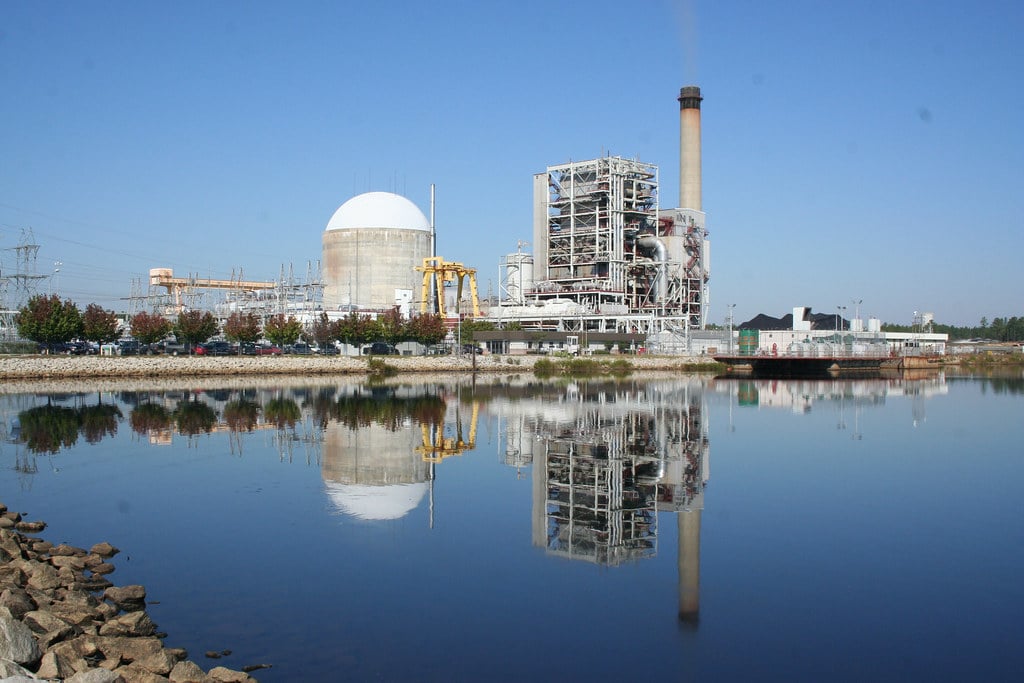
The cost of energy production can also be affected by circumstances beyond our control such as the cost of raw materials used in energy production or weather events that disrupt the production process or transmission lines. This often leads to temporary spikes in electric rates as suppliers scramble to make up for lost energy production time or resources.
All these factors contribute to higher electric rates over time which means that average consumers will see their utility bills go up each year. However, there are ways to mitigate this cost increase by taking advantage of renewable energy sources like solar power and wind which tend not to fluctuate as much as traditional sources like coal or oil do. Consumers should investigate what options may be available to them locally so that they can find a way to save money on their monthly bills while still getting reliable power.
Factors Contributing to Increasing Costs
Technological advances have greatly contributed to the increasing cost of electricity by allowing for more efficient generation and transmission of electrical energy. Advances such as smart grids, distributed generation, and renewable sources like solar and wind power have vastly improved the way electricity is produced and distributed. These technologies help reduce the amount of energy lost in transmission which increases efficiency and reduces costs.

Economic growth has also been a major factor in increased electric rates over time. As demand for electricity rises due to population growth or an increase in economic activity, so too do electric rates. This is because suppliers must invest in new infrastructure such as power plants or transmission lines in order to meet this growing demand, leading to higher costs that are then passed on to consumers. Additionally, fluctuations in the price of raw materials used to generate electricity can also lead to changes in electric rates as suppliers adjust their prices accordingly.
Technological Advances and Economic Growth
Technology and economic growth have both played a major role in the increasing cost of electricity over time. Technological advances such as the development of smart grids, distributed generation, and renewable energy sources like solar and wind power have allowed for more efficient production and transmission of electrical energy. This has enabled electric utilities to reduce their losses in transmission which has helped keep costs low but has also increased infrastructure investment which then leads to higher rates for consumers.
The economic growth that comes with population increases or economic activity also plays a role in electric rate increases. As demand grows, suppliers must invest in new infrastructure such as power plants or transmission lines in order to meet this growing need and can pass on these costs through higher electric rates. Additionally, fluctuations in the price of raw materials used for energy production can contribute to changes in electric prices that can affect consumers’ bills.

The cost of electricity will continue to rise due to technological advances and economic growth, but there are ways to mitigate this increase. Consumers should take advantage of renewable energy sources like solar power or wind which tend not to fluctuate as much as traditional sources like coal or oil do. Investing in innovative technologies is key to keeping costs down while still providing reliable power to customers. Policies that limit pollution emissions associated with energy production can also help reduce costs by allowing utilities to operate more efficiently while still meeting environmental standards. By understanding the different factors that contribute to electric rate increases, consumers can be better prepared when it comes time to pay their monthly utility bills.
Changes in Policy, Regulation, and Energy Production Methods
Changes in policy, regulation, and energy production methods have also significantly impacted the cost of electricity. Changes in government policy can affect the cost of energy due to subsidies or incentives for renewable energy sources or changes to environmental regulations which can impact the cost of production. Regulations on electric grids and transmission networks can also influence electric rates by providing access to more efficient systems or increasing the reliability of power delivery which may be passed on to consumers in the form of higher prices. Additionally, changes in energy production methods have contributed to increased costs over time. As utilities move away from traditional sources such as coal and oil towards renewable sources like wind and solar, investments must be made in new infrastructure to replace older facilities or install new systems. This increases consumers’ electric bills as these costs are passed along through rate increases.
It is important for consumers to understand how changes in policy, regulation, and energy production methods can affect their utility bills so that they can make informed decisions when it comes time to pay them. By investing in renewable energy sources or actively monitoring their local market conditions, consumers can help reduce the amount they pay each month while still ensuring they get reliable power. Additionally, by taking steps like insulating their homes or switching their thermostat settings during peak hours of use, consumers can reduce their demand for electricity and lower their bills even further.
Impact on Average Consumers and Their Wallets
The increased cost of electricity has a significant impact on average consumers and their wallets. Many households find themselves struggling to keep up with their energy bills, especially in the face of rising costs. With the cost of living already increasing due to inflation, any additional expense can be a real burden on those who are financially vulnerable.
For those who are unable to pay their bills, utility companies may cut off service or become more stringent with late payment fees. This can leave some households in an even worse predicament as they may have to rely on alternative sources for power such as gas stoves or candles which are dangerous and expensive. Additionally, families that depend on electric appliances or heating/cooling for their homes will be forced to choose between basic needs like food and medicine or paying for electricity.
Fortunately, there are options available for those who are struggling with electric costs. Government programs such as low-income assistance plans or weatherization grants can help reduce the financial burden associated with energy bills by providing additional funds or offering discounted rates. Consumers should also take advantage of smart meters and other technologies which allow them to track usage and better manage their energy consumption which could result in lower bills each month. Finally, taking proactive steps such as investing in renewable energy sources like solar panels or switching providers if necessary can help save money over time while still ensuring reliable power is delivered to customers.

What Can be Done to Lower Electricity Costs
The most effective way to reduce electricity costs is to limit energy consumption. This can be done through simple measures such as switching off lights and appliances when not in use, installing efficient LED lighting, improving home insulation, using energy-efficient appliances, and setting up solar panels. Additionally, governments can offer incentives to encourage households and businesses to switch to renewable energy sources like solar, wind, or geothermal power which have lower carbon emissions and are more cost-effective in the long run.
Consumers should also explore their options when it comes to purchasing electricity. Shopping around for different providers may reveal better deals that could help reduce electricity costs each month. Additionally, some providers may offer rewards programs or discounts for customers who purchase renewable energy sources such as solar or wind power.
Finally, policy changes and investments may also help reduce electricity costs over time. Governments can implement policies that incentivize renewable energy production and investments in infrastructure upgrades which will lead to increased reliability of power delivery and improved efficiency of systems which could be passed on to consumers through reduced prices. Additionally, government subsidies or tax credits for purchasing renewable energy sources or installing efficient appliances or lighting can help reduce the associated costs of transitioning away from traditional sources of power toward cleaner alternatives
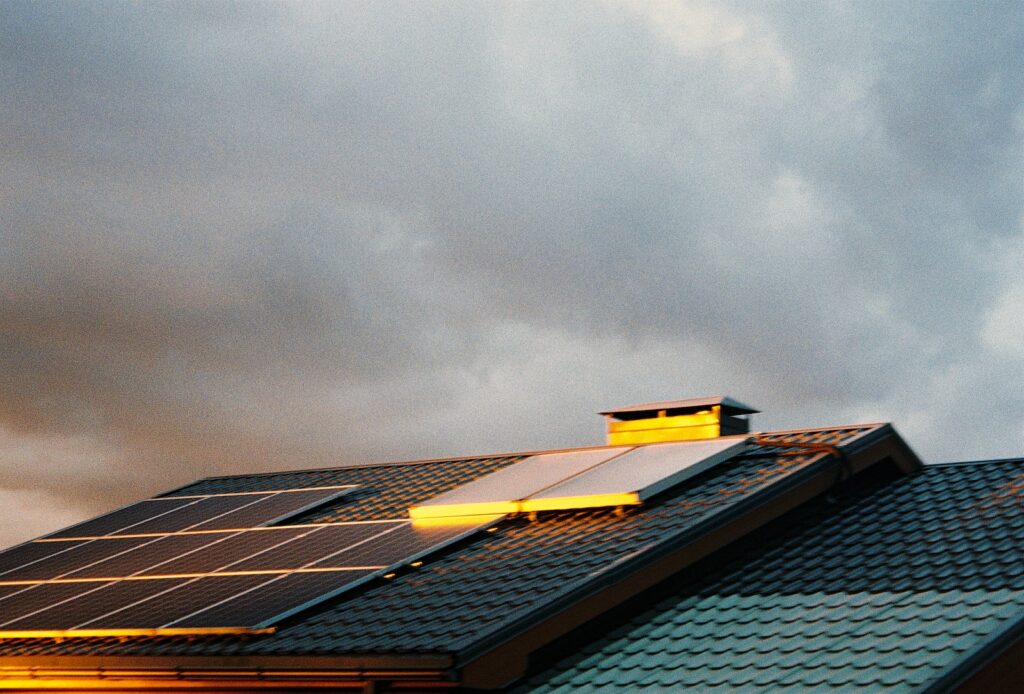
The cost of electricity has been steadily increasing over the years, putting a strain on many households. Fortunately, there are measures that consumers can take to lower their monthly bills, such as being mindful of their energy consumption and installing renewable energy sources such as solar panels. Governments can also help by implementing policies that incentivize renewable energy production and investing in infrastructure upgrades which will lead to more reliable power delivery and improved efficiency.
The Future
In the future, advancements in technology and policy decisions will continue to shape the future of electric rates. Cleaner and more efficient sources of electricity such as wind, solar, hydroelectricity, and geothermal power are becoming increasingly popular due to their environmental benefits and cost-effectiveness. Additionally, government incentives for businesses to invest in green energy sources could mean further reductions in prices for consumers. Furthermore, investments in smart grids which use automated technology to manage energy usage can help create a more reliable system with less wastage while reducing costs even further.
Ultimately, the cost of electricity is likely to remain an important factor for households as we move into the future. Consumers should consider taking proactive steps such as analyzing their own energy usage or switching providers if necessary in order to lower their bills each month. With these measures combined with government investment in renewable energy sources, we may be able to reduce our dependence on traditional forms of power while still keeping electricity costs reasonable for consumers in the long run.


